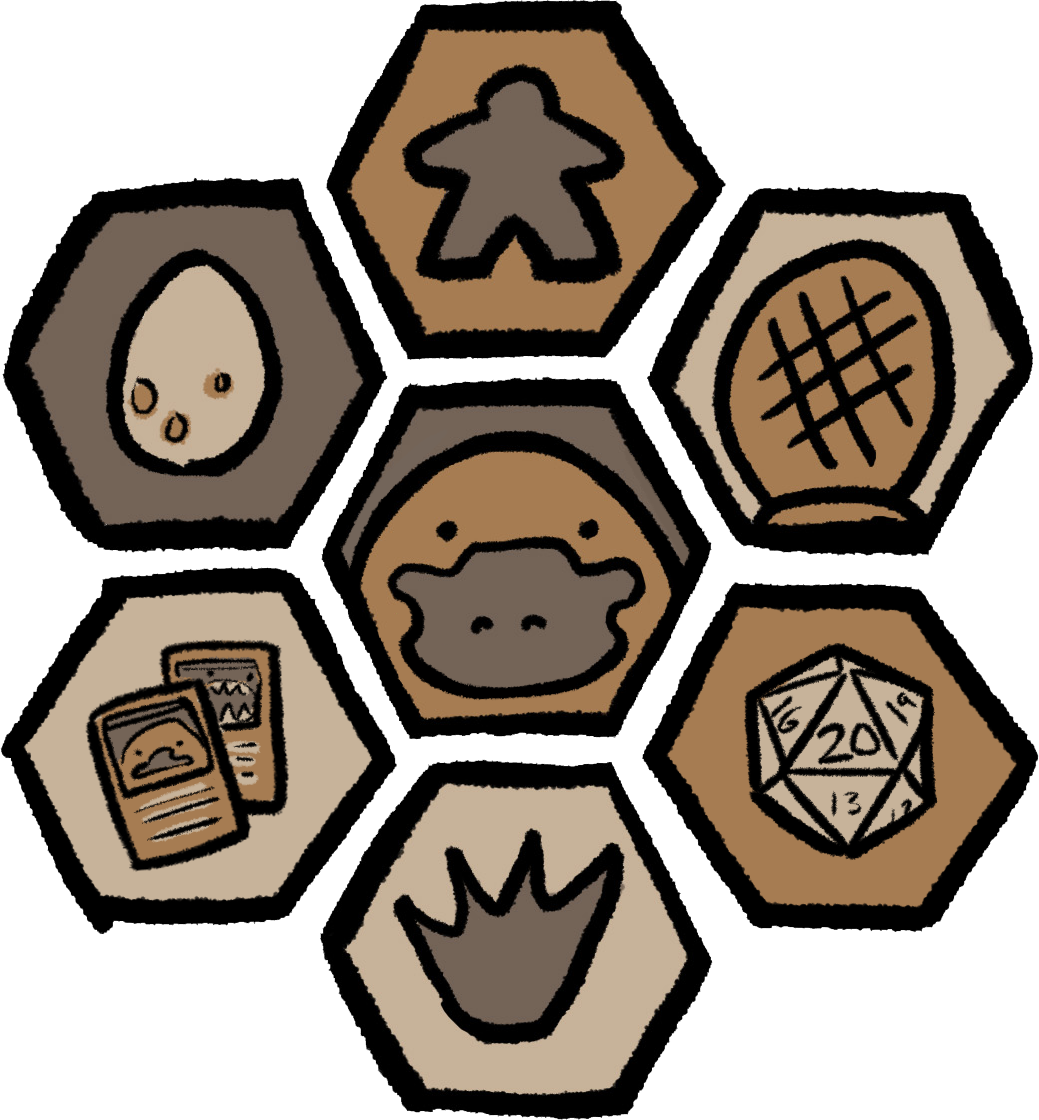Simplicity in game design sometimes makes some of the better games. In Animal Upon Animal the concept of the game is simply to stack all your animals on top of one another before anyone else. But can you find a place to stack all of the various animals that won’t cause the entire stack to fall?
On your turn you will roll a die that tells you what you will do for your turn. Some of them are quite simple like stack one or two of your remaining animals on top of the pile of animals already in play. Another has you expand the base which starts out as just a crocodile which can be pretty tight base for all the pieces. The last action on the die is to hand one of your animals to an opponent to stack for you and they suffer any penalties!
We always enjoy games that can be played with all ages without having the make accommodations or not play to your best skill level in order to give the younger kids a chance at winning. After playing this at some events we feel like we have met some future engineers since they have stacked animals in ways we didn’t think possible. Just make sure not to knock everything down when you celebrate!
As the game has gained popularity there have been a great many iterations of the game. Some are simply changing the animals used making you learn how to use the new shapes like in Crest Climbers. Others add quite a bit to the game like a spinning base to make it even harder to keep the stack steady like in Here We Turn. There is also a two player version with super tiny pieces but we still enjoy the classic Animal Upon Animal the most!


















